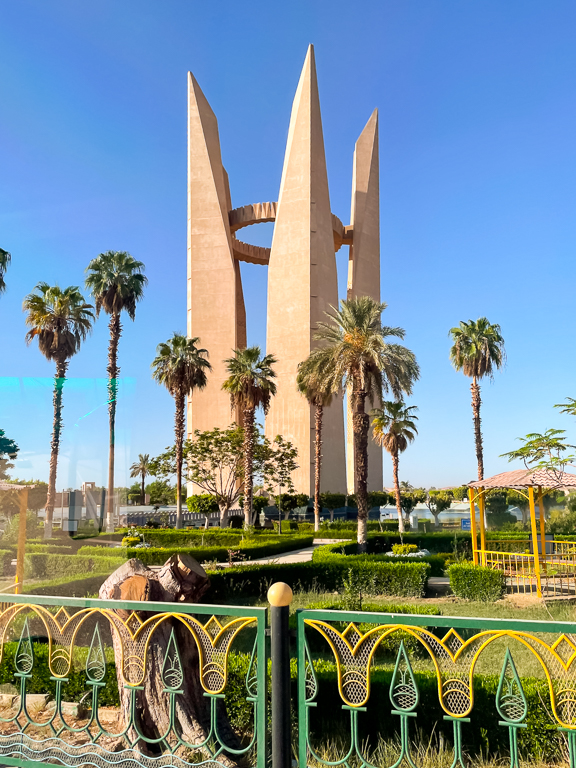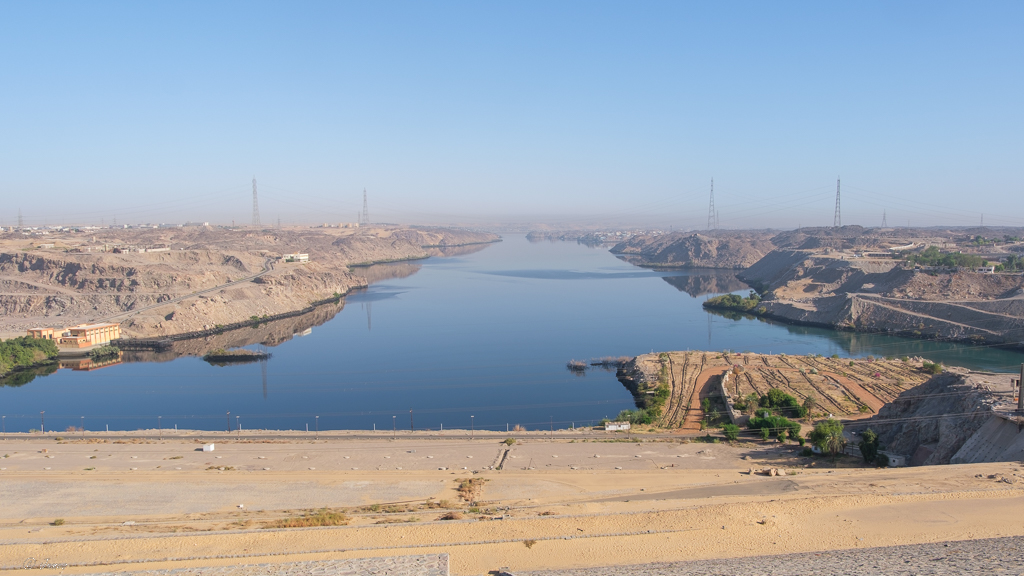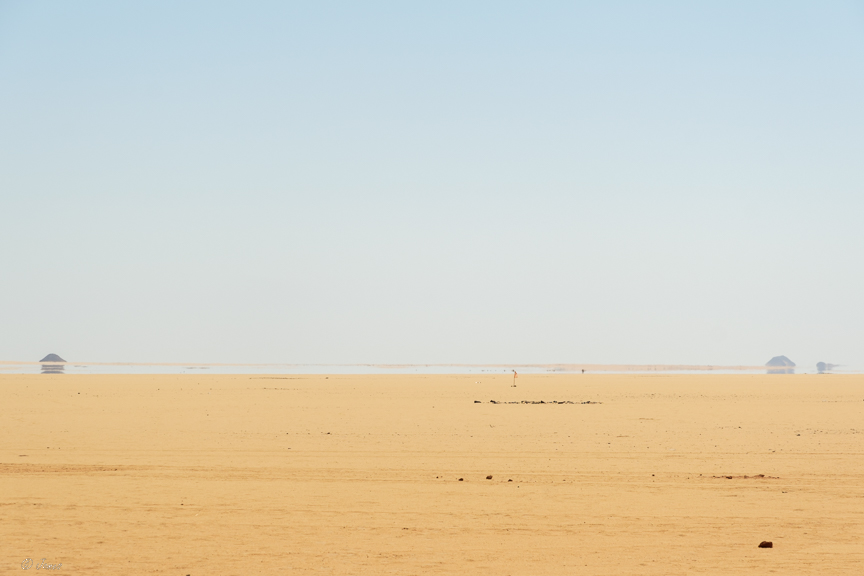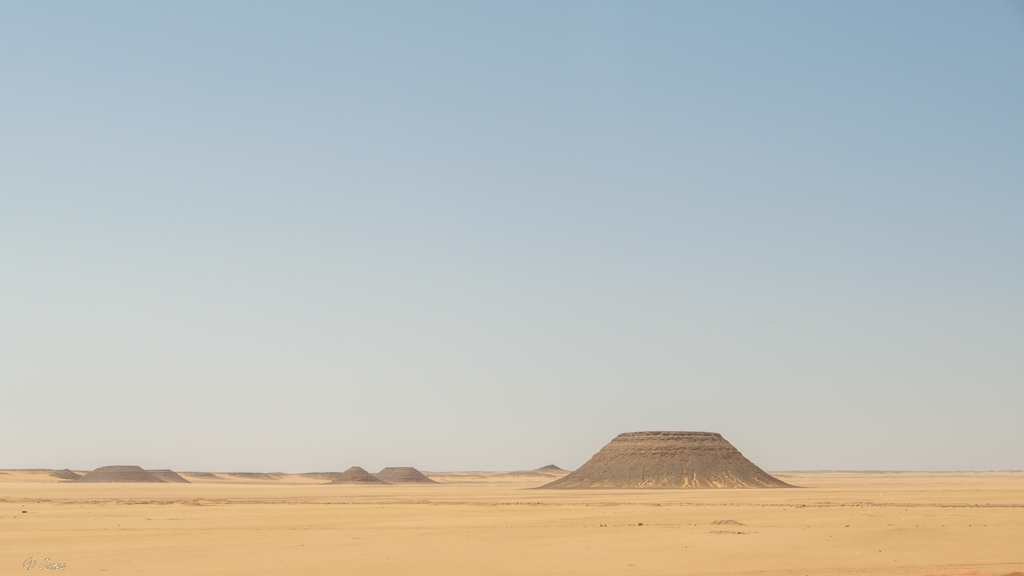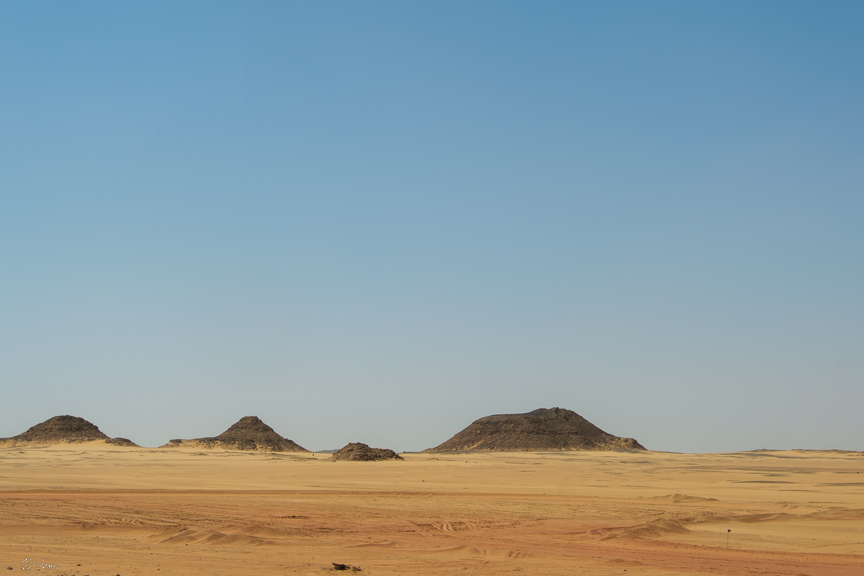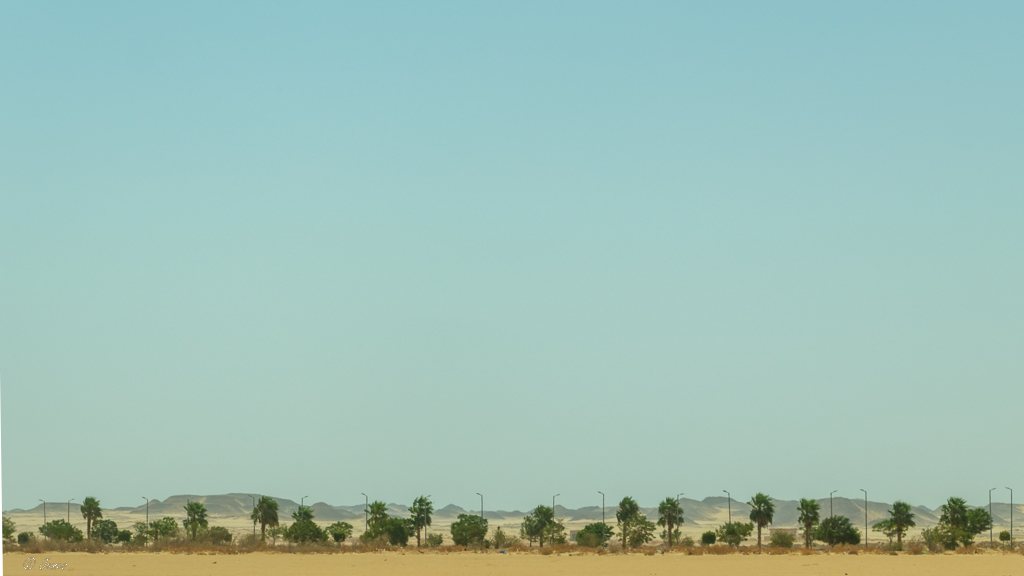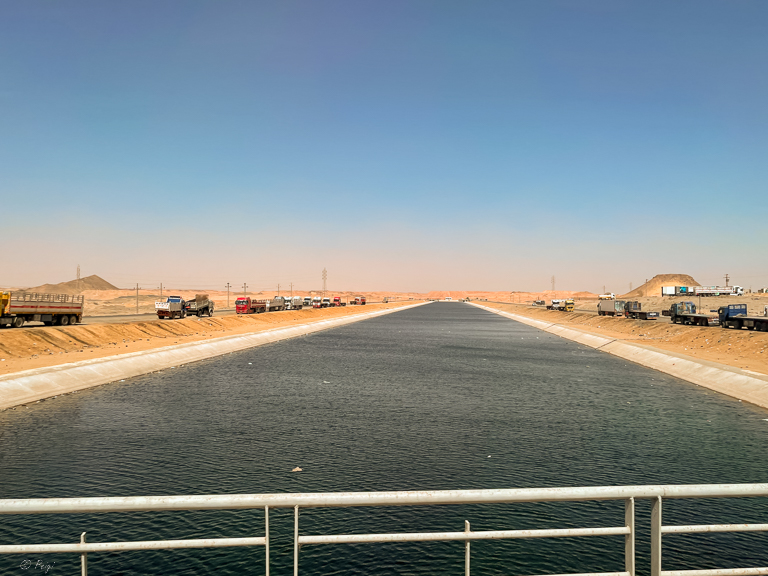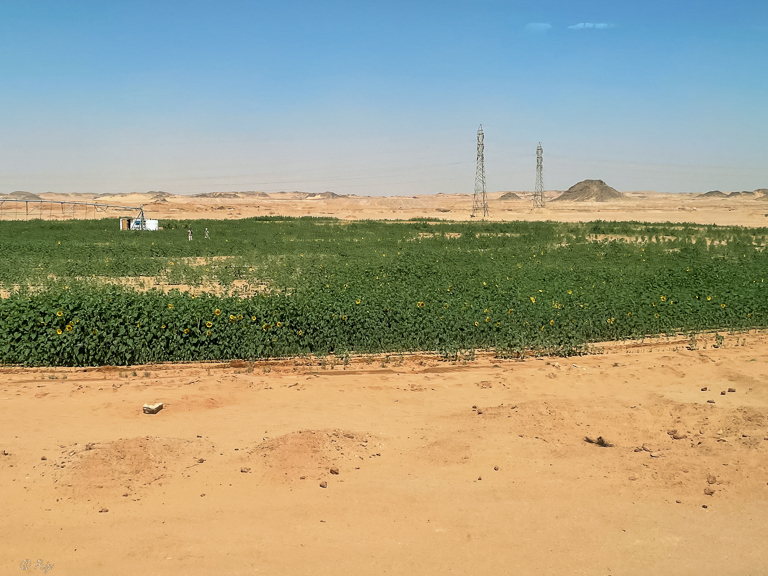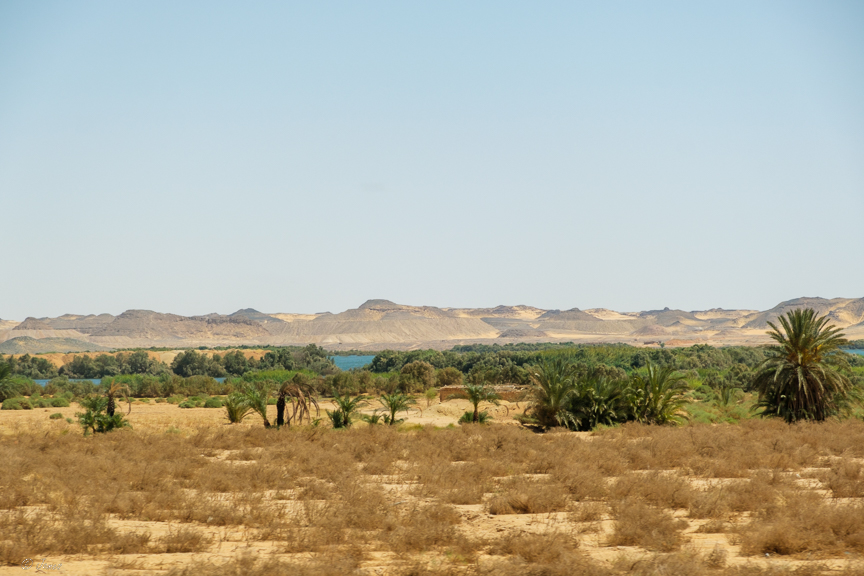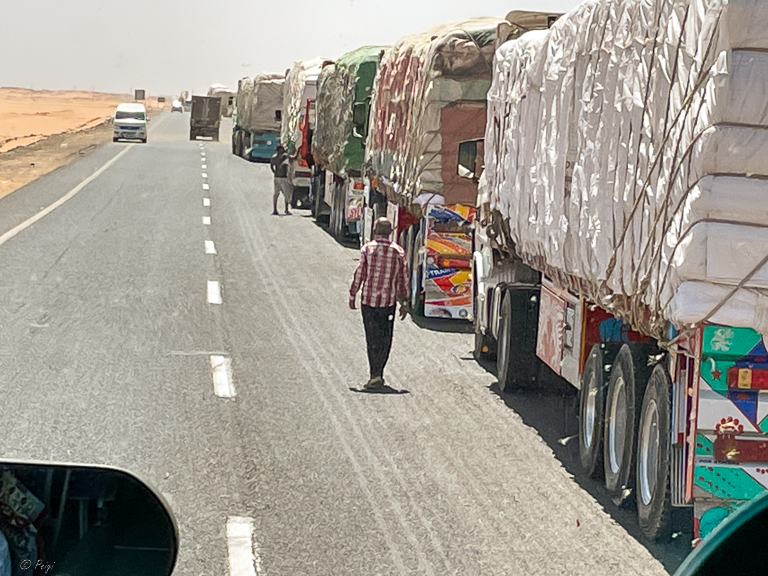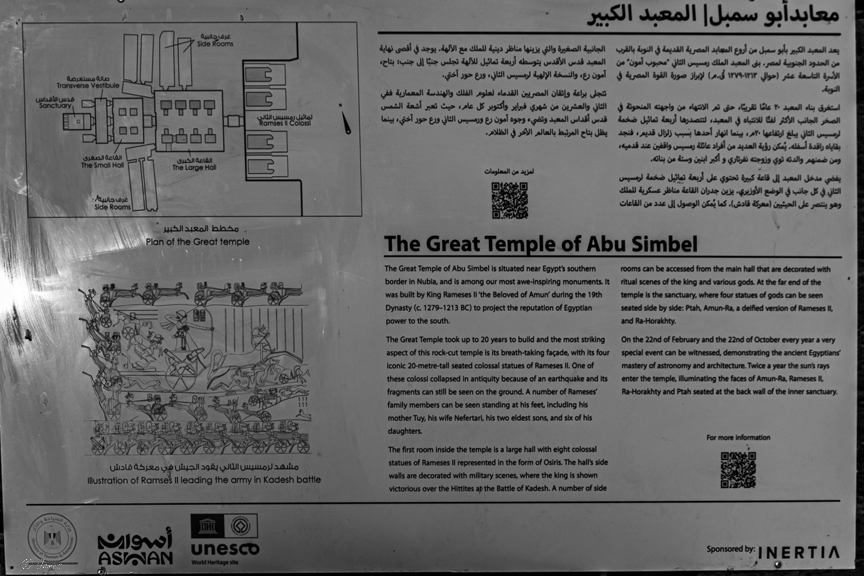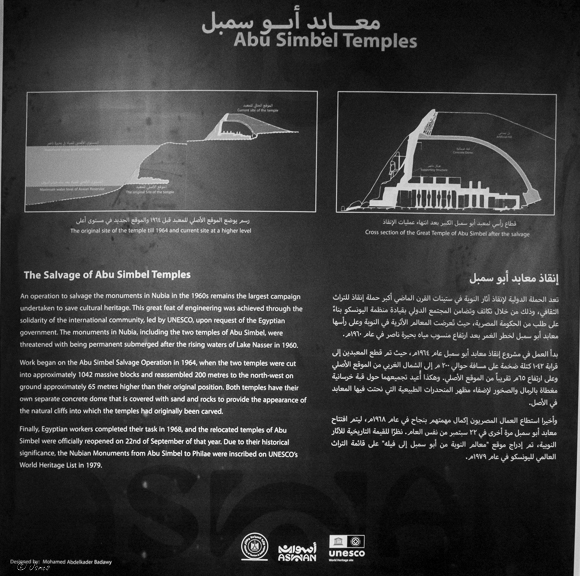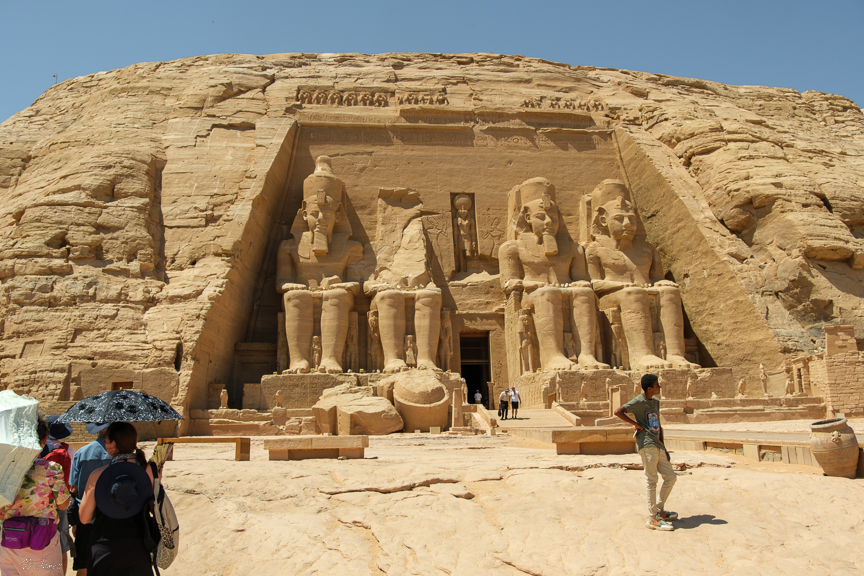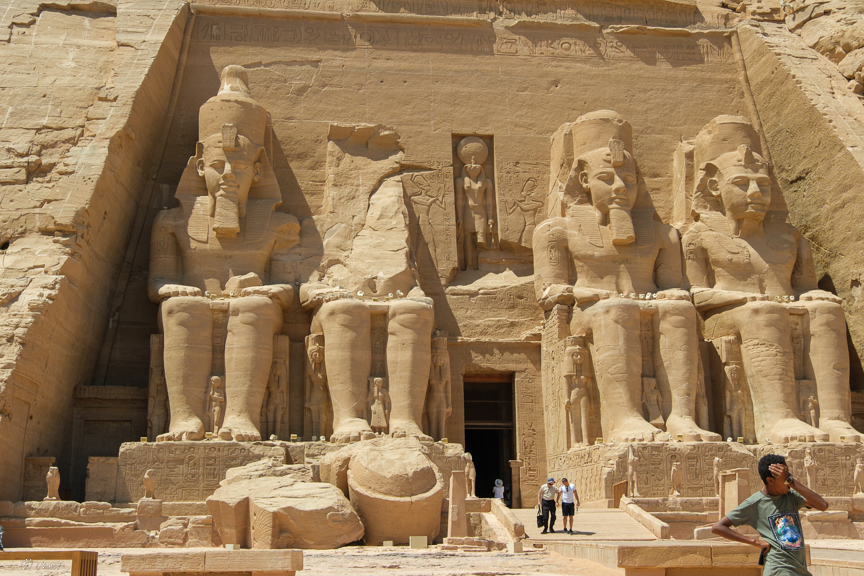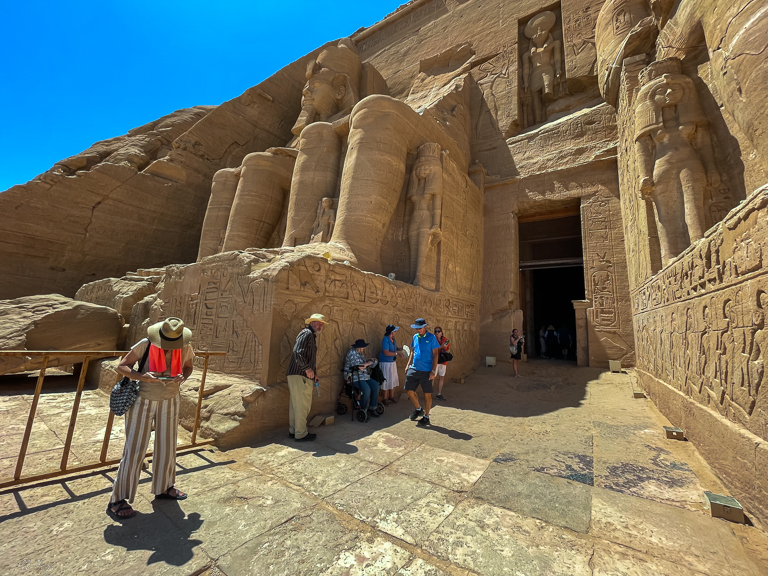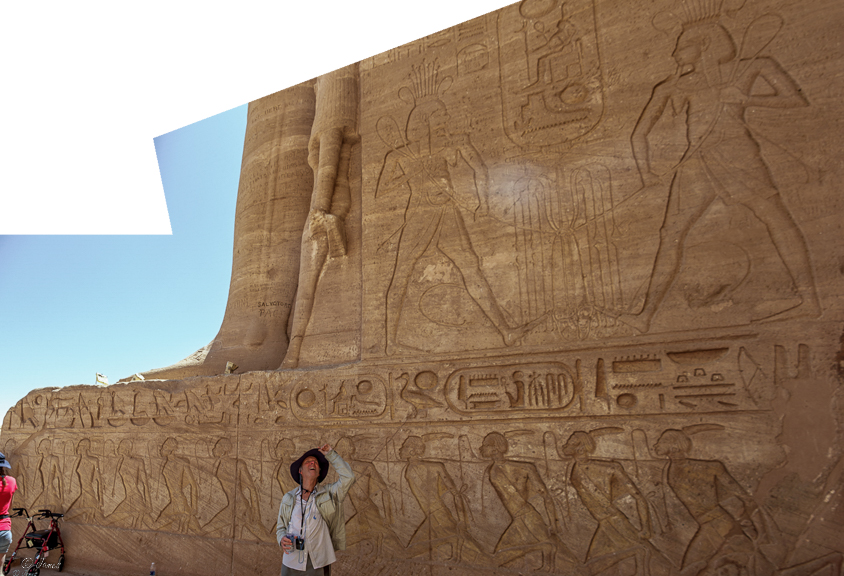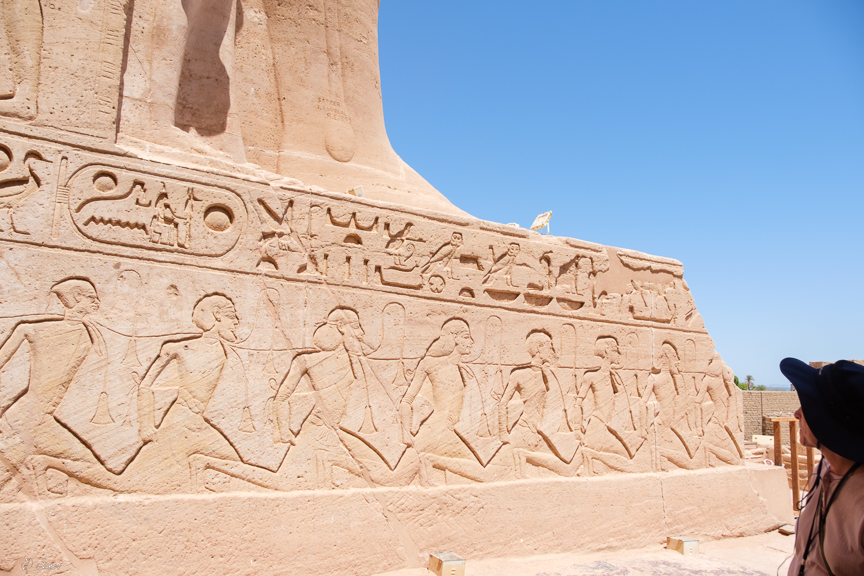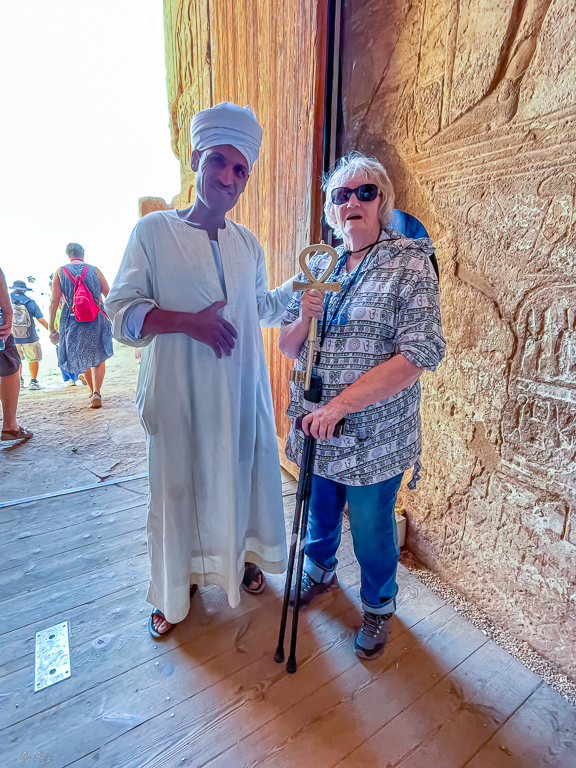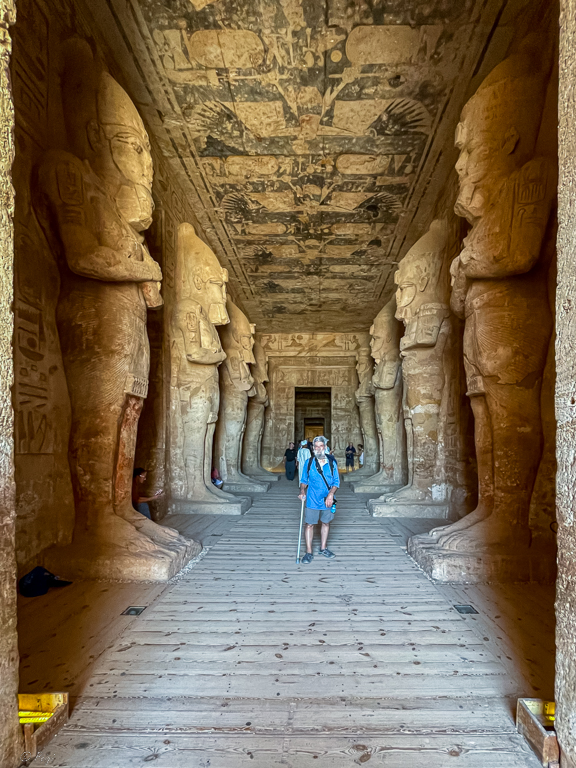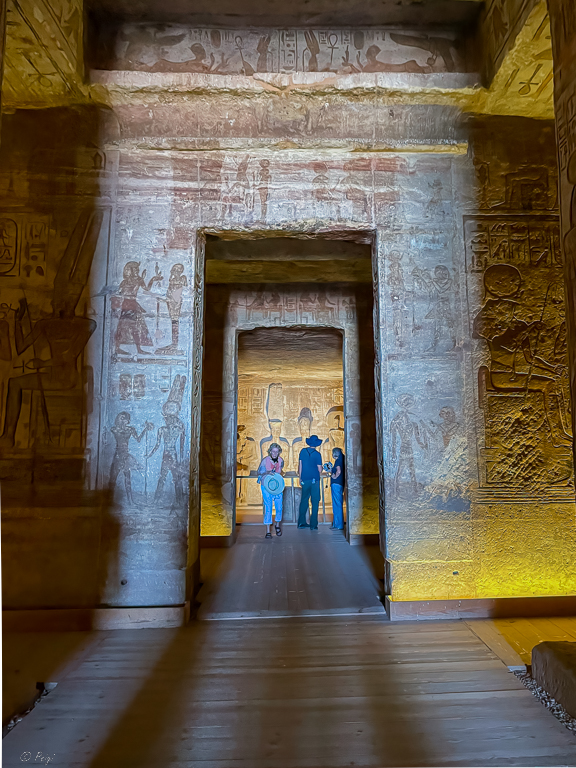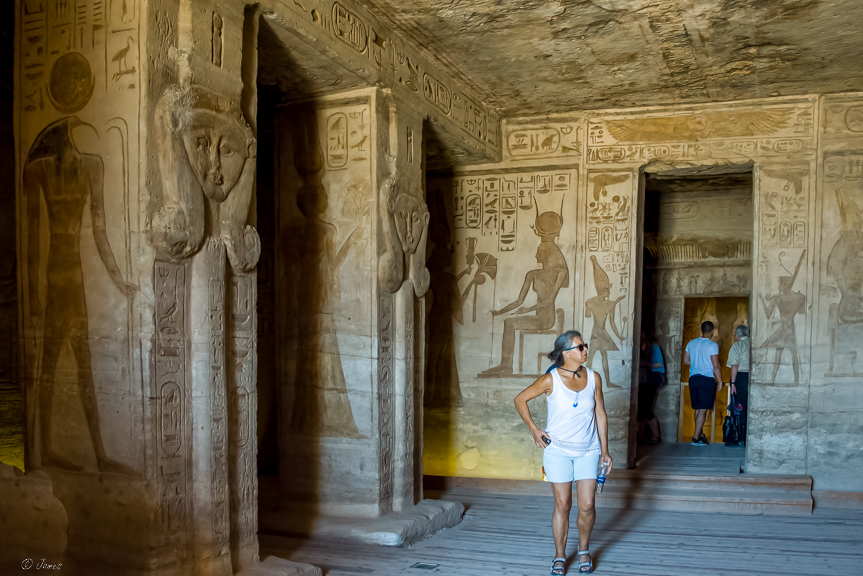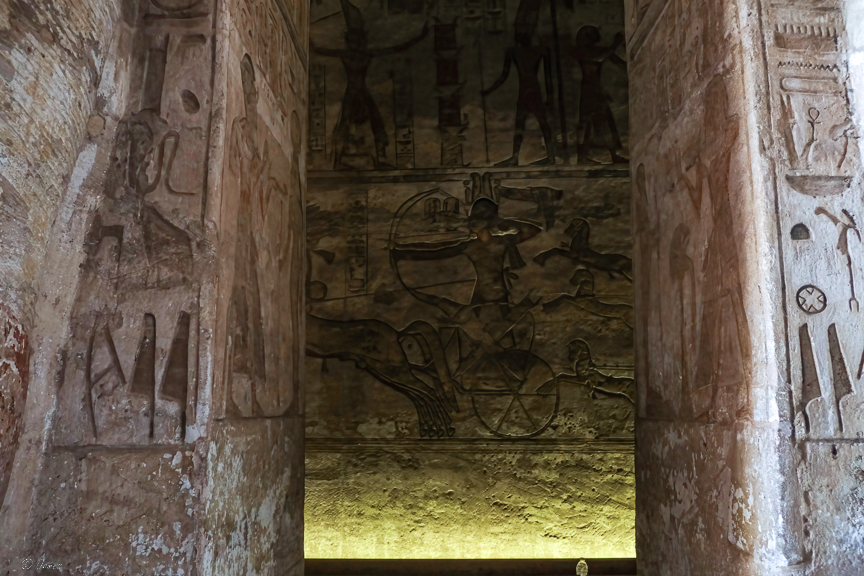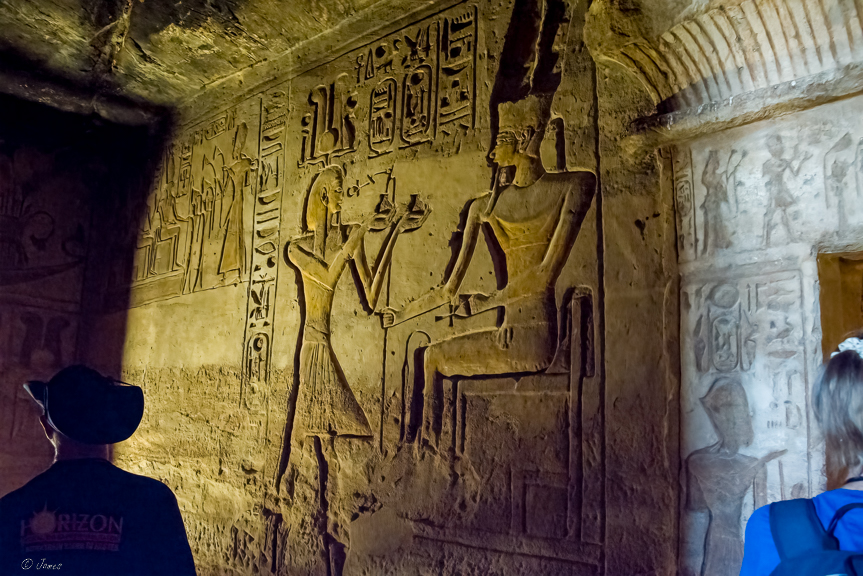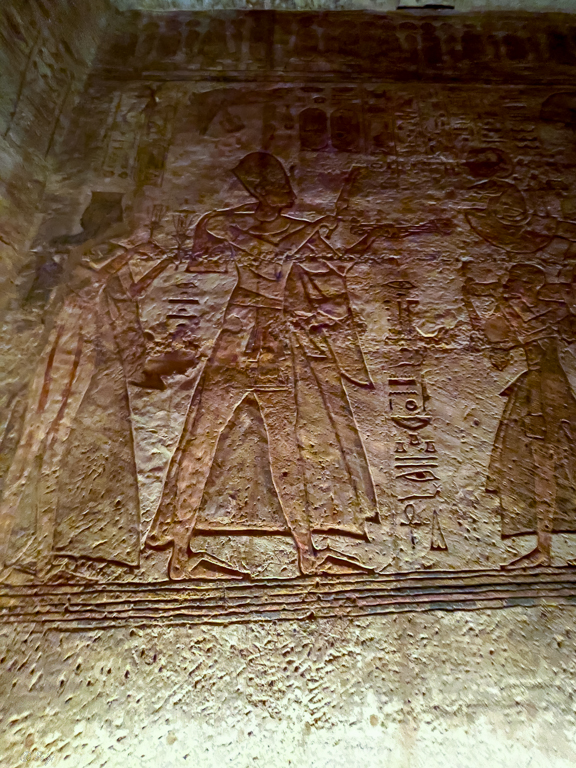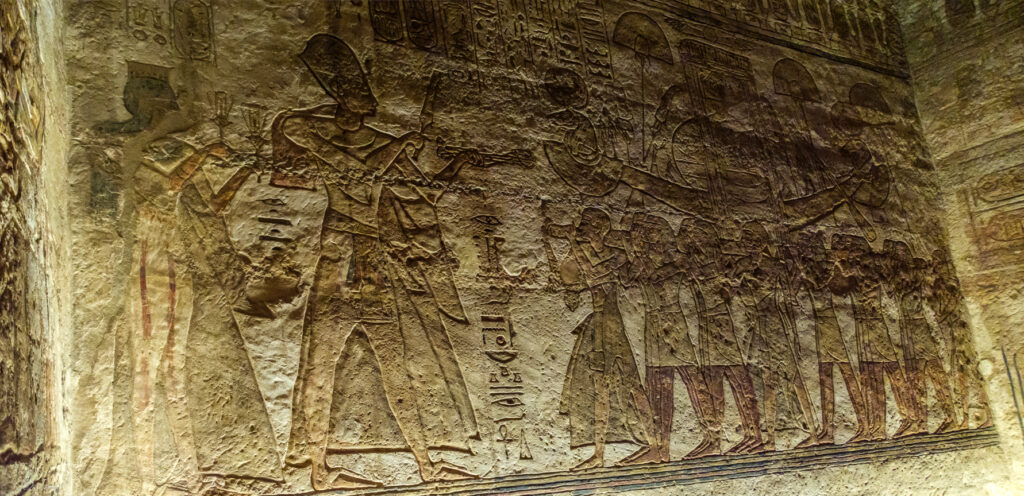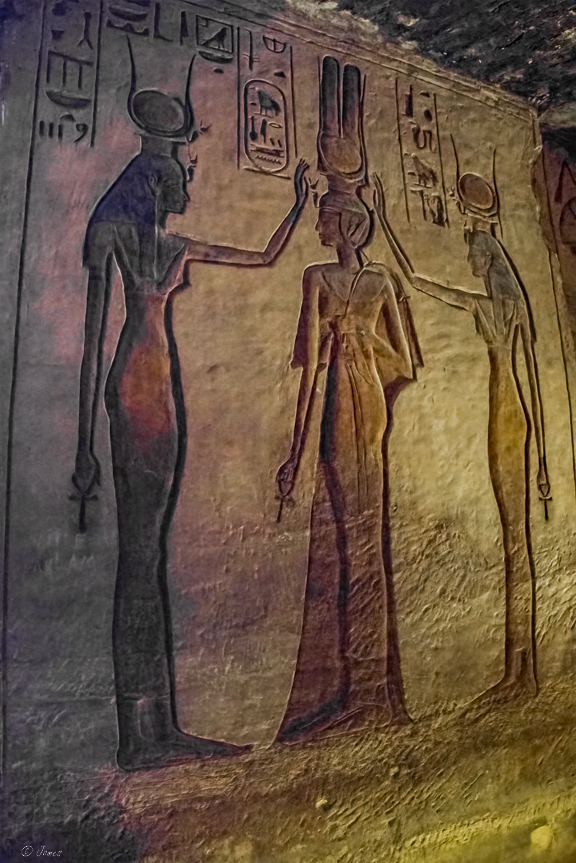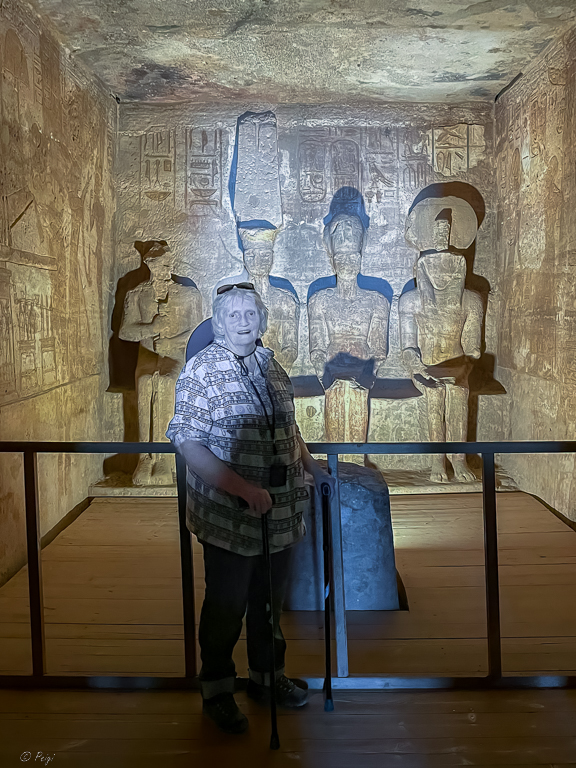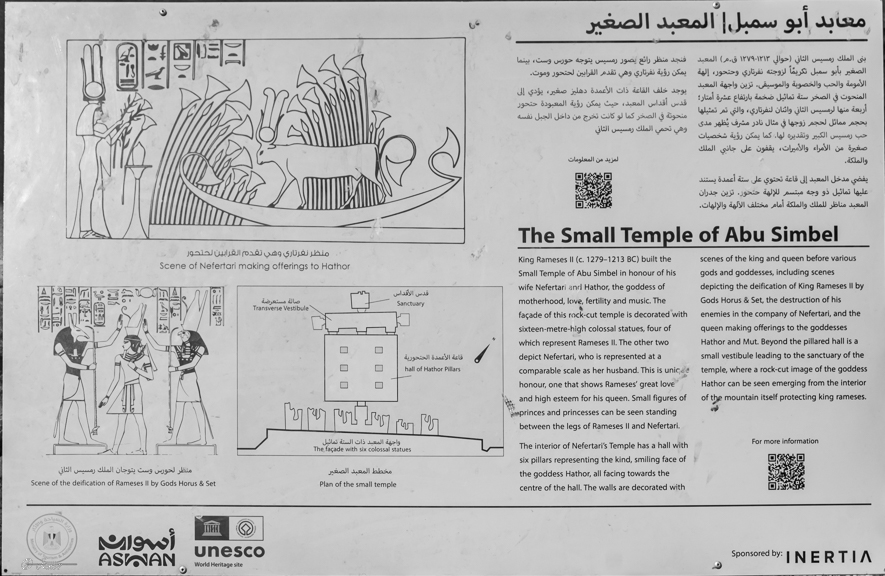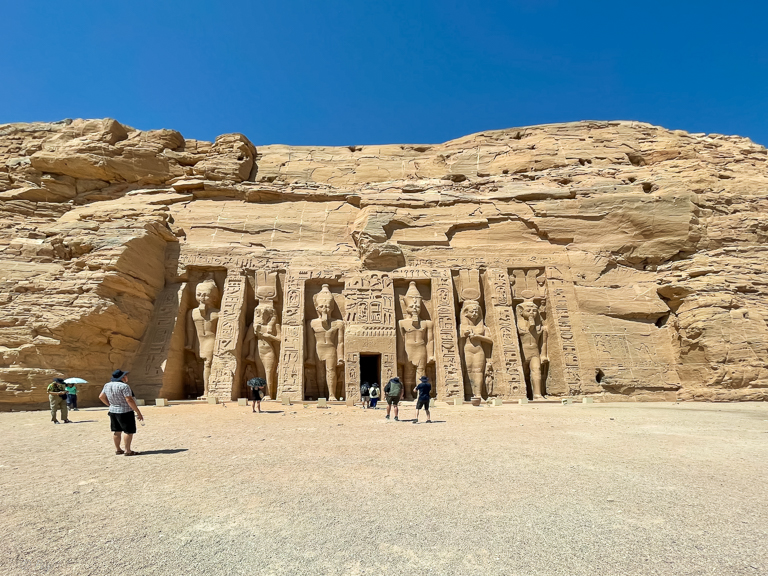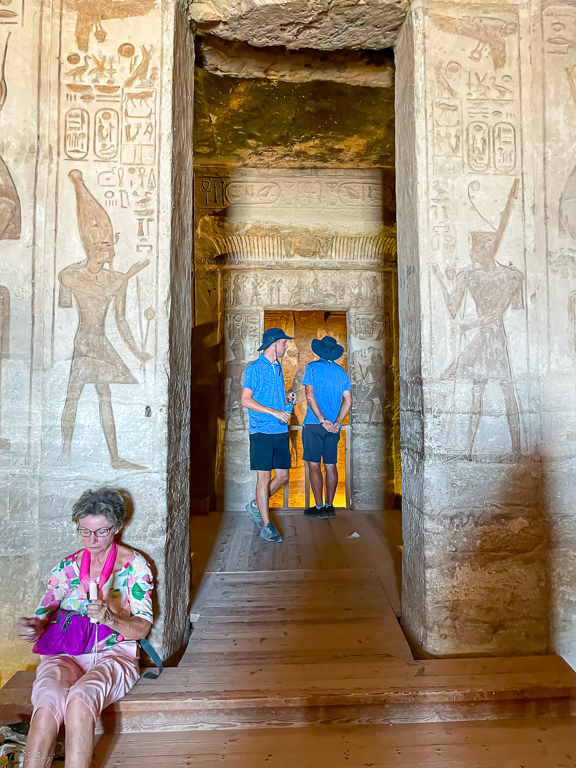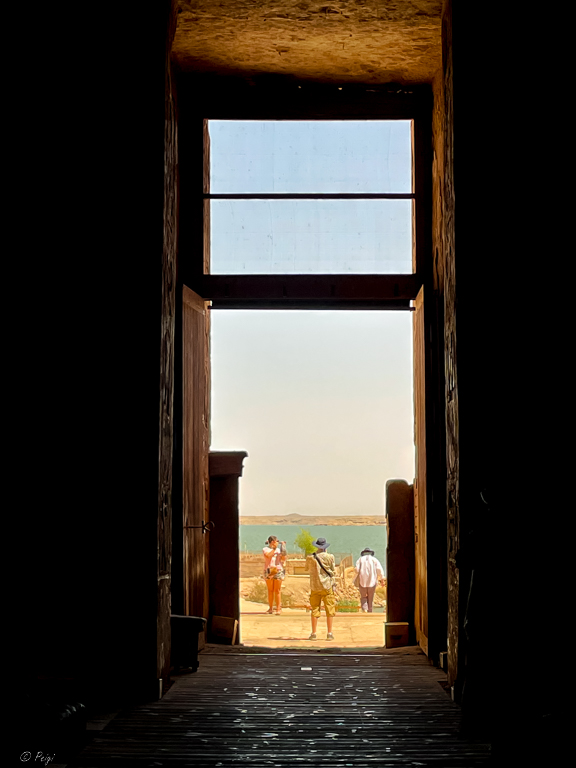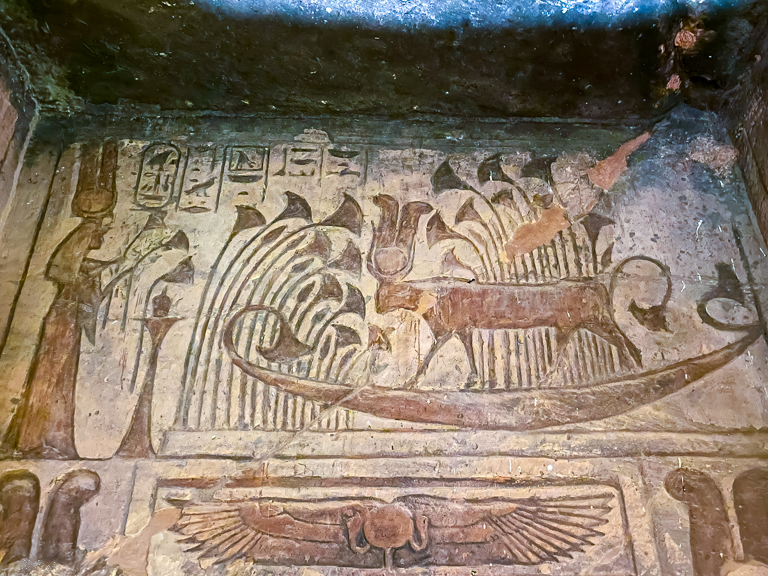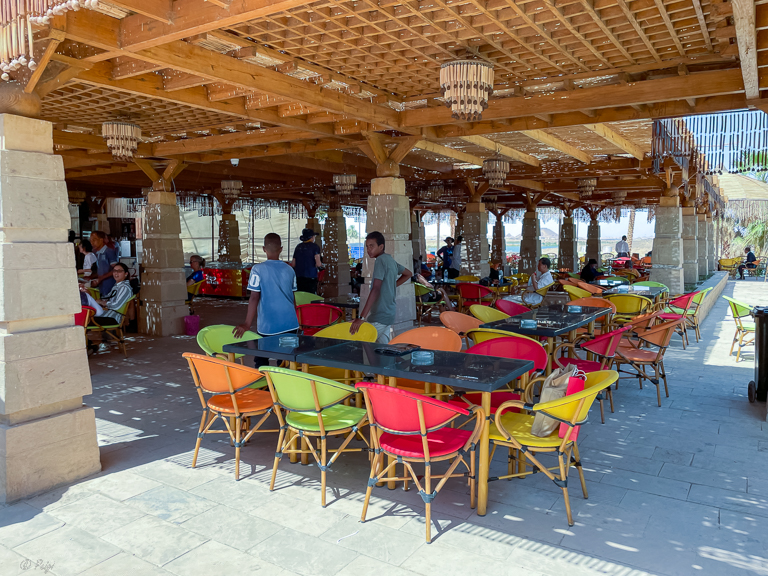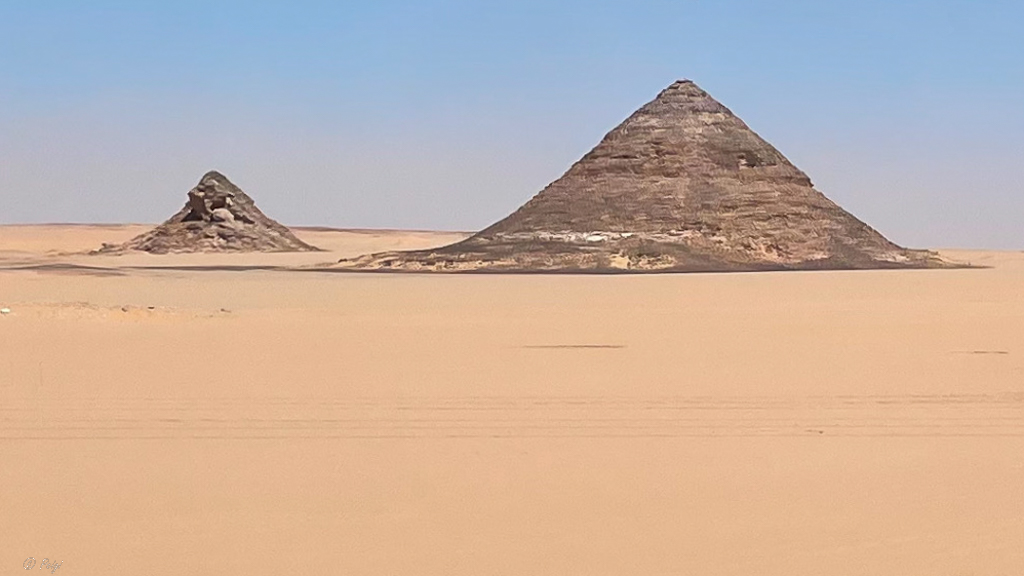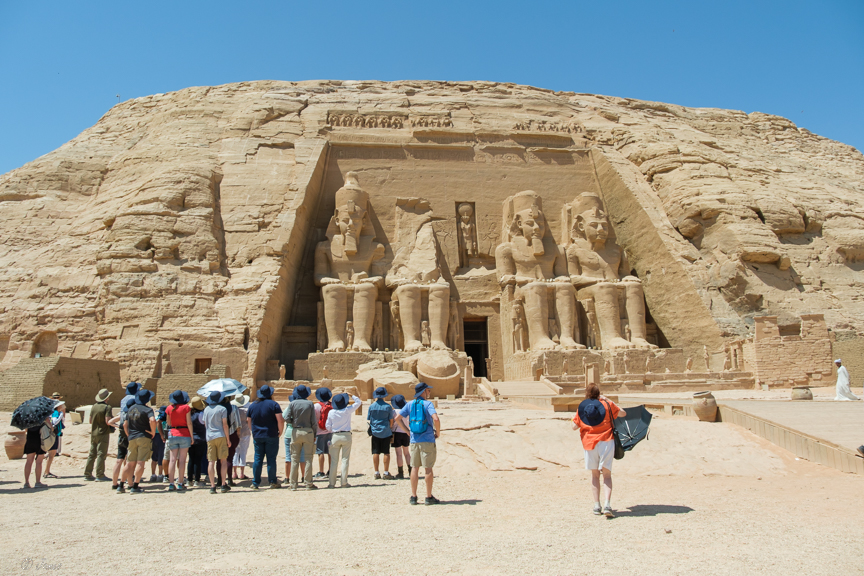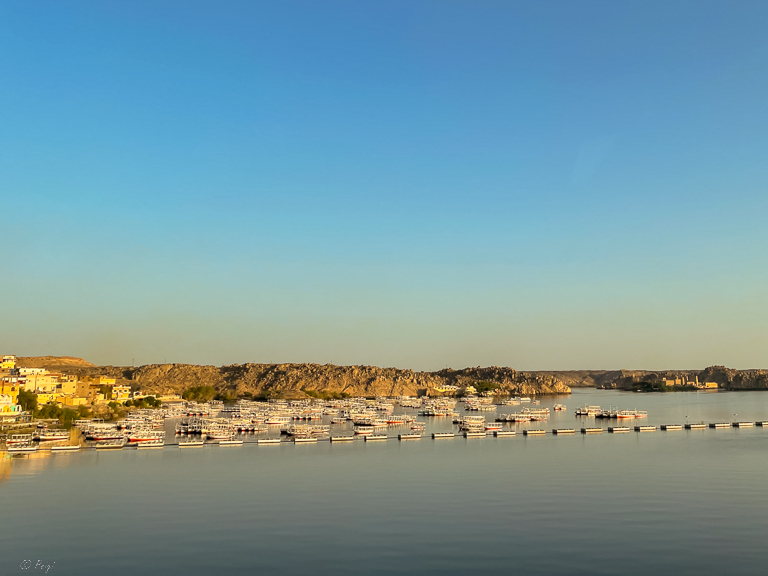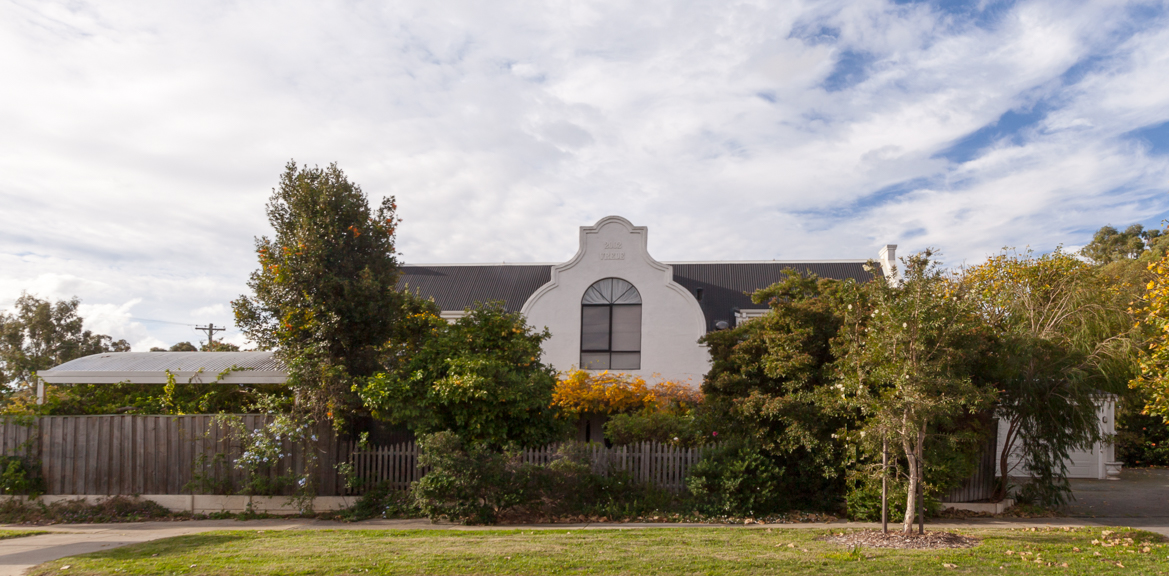The ship had sailed to the end point, Aswan, population 1.6 Million. Further sailing has not been possible since the construction of the old British (lower) dam, followed later by the High dam 5km up-river.
Aswan developed as a trading post for oils gold ivory, and as the main Nubian city. Nubians, who are black’ didn’t mix with the ‘white’ Egyptians, and they have a different language. Nefeteri, Ramsese’ wife, was a beautiful Nubian. Unlike Cairo, this main city for the south is clean with big, well built buildings. Security, including armoured cars, are everywhere.
The bus drove up the ridge to the south on the east of the city, to the High Dam, built with finance from Russia. It is the second largest dam of its type in world, after the Seven Gorges on China. The wall of the dam is 4000 m long and a kilometre wide at the base; the lake (Nasser) is 550 km long, beyond the Sudan border. It has been successful in controlling the annual floods and in provision of water in the drought times, producing 17% of Egypt’s power as well. The downsides are that 11 temples and 26 Nubian villages were flooded, and the fertile silt no longer adds to the important agricultural area below. At the same time, salt levels in these areas are rising. Perhaps a good thing – no crocs below the wall now!
President Nasser asked Russia to help build the High Dam, and Russia gave them $500M, but the dam would cost $1B, so Egypt nationalised the Suez Canal, and all money was directed to Egypt. The High Dam took 11 years to build, required 100,000 workers, of which, 350 died during construction.
We faced a 300km bus ride to Abu Simbel across the flat sandy desert. The wind has eroded the rocky surface over many years, leaving a meter of sand with occasional inselbergs, rocky outcrops polished black by the sand blast. We stopped briefly at a small lone roadhouse about halfway, where a mirage could be seen on the horizon in the +40C heat. The only relief on tis landscape was further on, the Tashka irrigation project, fed by a large canal bringing Nile water. As we approached our destination, we passed a very long line of heavily laden trucks waiting to take relief food to flooded Sudan.
Abu Simbel, the most impressive structure from ancient Egypt is close to the Sudan border. The 19th dynasty Ramses II and Nefertari temples were were cut into 1042 massive blocks, moved, and reassembled into an artificial concrete hill 65 m above their original position which was flooded by the new High dam. The salvage operation started in 1964, completed in 1968.
Four 20 meter statues representing the enthroned Ramses guard the temple above the entrance. A number of his family members can be seen standing at his feet including his mother Tuy, his wife Nefertari, his two eldest sons and six of his daughters. Behind these is a facade measuring 33 x 38 m which depicts 22 baboons worshipping the sun. They form a wall at ground level approaching the entry on which are engravings representing the Hittites and Nubians defeated by Rameses II in his many battles.
The passage runs 53 m into the hillside, past the Large hypostyle Hall supported by eight colossal pillars depicting Ramses as Osiris, past the Small Hall, the Transverse Vestibule, and ends with the Sanctuary, which has four statues of the gods Ptak, Amun-Ra, a deified Ramseses II, and Ra-Horakhty. On the 22nd February and 22nd October every year, the sun‘s rays enter the temple door to Illuminate the faces of three gods but not the one on the left as that is the god of darkness. The side walls are decorated with military scenes where the king is shown victorious over the Hittites at the battle of Kadesh, but another depicts his army apologising to Rameses II for losing a battle at Kadesh in Israel. The side rooms are decorated with ritual scenes of the king and various gods.
Ramses II, the most powerful pharoah of the new kingdom means. ‘Ra is the one who bore him’ and ‘The Maat of Ra is powerful, chosen of Ra’. He had seven wives and possibly 100 children. He also constructed Abydos, the Ramesseum, Luxor and Karnak temples. His main wife, Nefertari, was known as the ‘Beautiful companion beloved of Mut’.
Ramses built the small temple in honour of his wife Nefertari and Hathor, the goddess of motherhood, love, fertility, and music. The facade of the temple is decorated with 16 m high colossal statues representing Ramses II twice, the other two of Nefertari at a comparable scale as her husband, a unique honour showing his great love and highest esteem for his Queen. Small figures of princes and princesses stand between the legs of Ramses and Nefertari.
The hall has six pillars representing the kind, smiling face of Hathor facing towards the centre of the hall; the walls are decorated with scenes of the king and queen before gods and goddesses, including the deification of Ramses by Horus and Set, another the destruction of his enemies in the company of Nefertari, and the Queen making offerings to the goddesses Hathor and Mut. The sanctuary has rock- cut images of the goddess Hathor emerging from rock behind to protect the king.
‘Although the terms ‘Egypt’ and ‘Pharaoh’ are mentioned hundreds of times in the first five books of the Bible, the names of the pharaohs of Moses’s exile and the Exodus are not given. Many are convinced that the Exodus pharaoh was Rameses II of the 19th dynasty. He was one of the most long-lived and famous pharaohs of ancient Egypt; his monuments span the entire country, some of them the most impressive in all of Egypt.
The reason that many believe he is the Exodus pharaoh is because the book of Exodus indicates that the Hebrew slaves built the storehouse cities of Pithom and Rameses (Exodus 1:11). Rameses II reigned from 1279–1213 BC (according to secular dating methods). It is therefore presumed that a Ramesside king ruled at the time of the Exodus, and the date of the Exodus is aligned to this belief. This is known as the ‘late Exodus’ idea ie the date of the Exodus is being derived from the secular date of Rameses II. However, CMI believe the Bible passage of 1 Kings 6:1 provides strong evidence for the actual date of the Exodus well over 100 years earlier: ‘In the four hundred and eightieth year after the people of Israel came out of the land of Egypt, in the fourth year of Solomon’s reign over Israel, in the month of Ziv, which is the second month, he began to build the house of the LORD. ‘
Most evangelical scholars generally believe the date for the commencement of the building of the Temple (the fourth year of Solomon’s reign) is in May 967 or 966 BC. This would place the Exodus at around 1446 or 1445 BC.
Rameses II built on and expanded Avaris, originally built by a Hyksos Pharoah, which became known as the twin cities of Pithom and Rameses, long after the Exodus occurred. When scribes were making copies of the Scriptures that had been passed down to them, they renamed Avaris to Pi-Rameses which is what it would have been called many years later. In the first Patterns of Evidence movie The Exodus filmmaker Tim Mahoney visits Tell el-Dabʿa, the site of ancient Avaris where he interviews renowned archaeologist Manfred Bietak who had excavated the site for over 25 years. Bietak says: We uncovered the remains of a huge town of 250 hectares with a population of 25,000–30,000 individuals. These were people who originated from Canaan, Syria–Palestine. Originally they may have come here as subjects of the Egyptian crown or with the blessing of the Egyptian crown. Obviously, this town enjoyed a special status, but when asked if this could be the settlement of the Hebrews that the Bible describes, he says “No” because the first Ramesside kings do not come along until well over 100 years later. The evidence for the Hebrews was right under his feet, but was not recognized due to a common misunderstanding of how our modern Bible versions have arrived. (Gary Bates, May2020)
